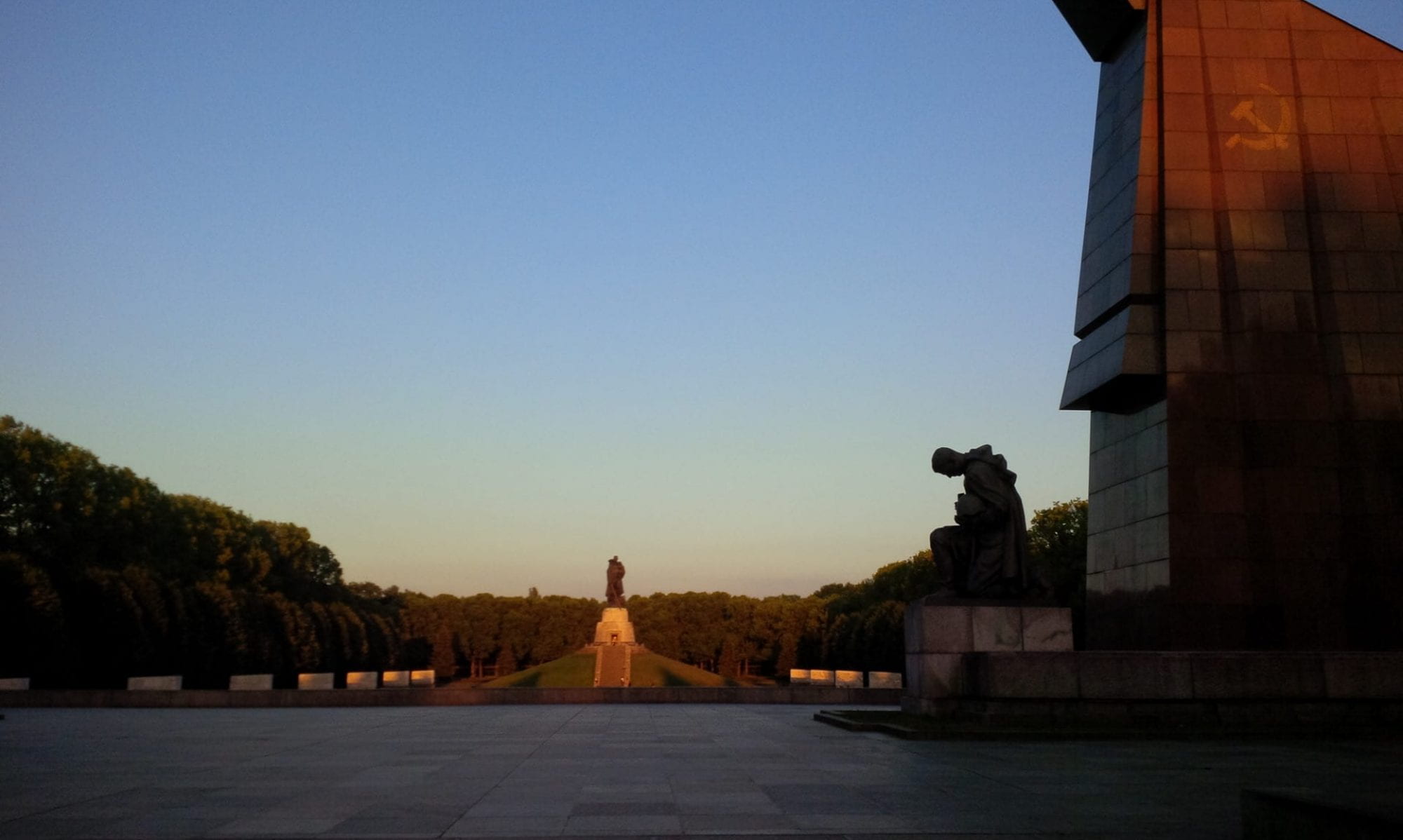What does it mean to form and deform our own bodies? How does it change the make-up of who we are, and as who we are seen? How do we repair the (un)seen trauma that inscribes our bodies?
These are some of the questions that Ann Pellegrini took up in her talk on the materiality of the human body, and the manifold forms and shapes it can take–– or is forced into. In particular, Pellegrini showed how in our modern society the trans(forming) body is continually medicalized and pathologized by seemingly secular fields and institutions. However, the question is to what extent such fields are secular. Is the “ghost-stoked” field of psychoanalysis, as Pellegrini puts it, secular? Or is it based on beliefs that can be qualified as religious?
Pellegrini’s talk centered on the work and body of performance artist Kris Grey who has undergone a transition and does not identify with a particular gender but uses multiple pronouns (he/her/them). Grey compares the materiality of their own body with that of clay. In an interview with Pellegrini, Grey stated that “much in the same way that clay forms its own history, the body reveals its own stories. It can be formed and reformed, just like clay.” For Grey, their body is like an inscription bearing the signs of its transformation. Sometimes these inscriptions are visible on the level of the skin. But sometimes they remain hidden and take on their own stories, like untraceable ghosts with a life of their own.
In the interview, Pellegrini tells us, Grey also noted that most of their physical alteration happened without witness. During their performances, Grey thus invites the audience to become a witness, and see the marks of their transgender embodiment. It is a way for Grey to reassemble their own body’s history, beyond its pathology and medicalization. The making visible of the scars on their chest to an audience, for example, functions as an act of acknowledgement. “The presence of the audience provides a repairing transitional space for this working through,” Pellegrini comments. It is in the presence of the witnessing bodies that the ghosts are welcomed in and take their place in the structure of the repairing body.
Figen Geerts is a graduate student at New York University.
